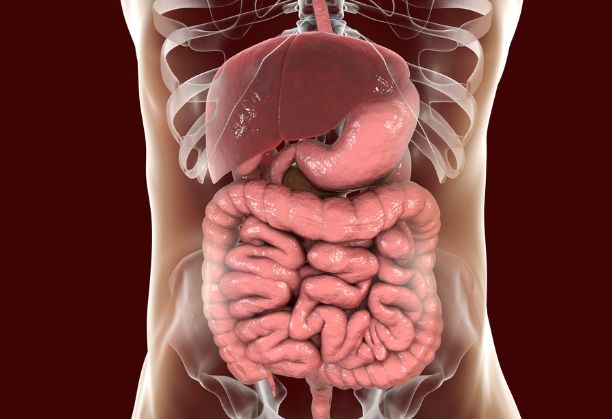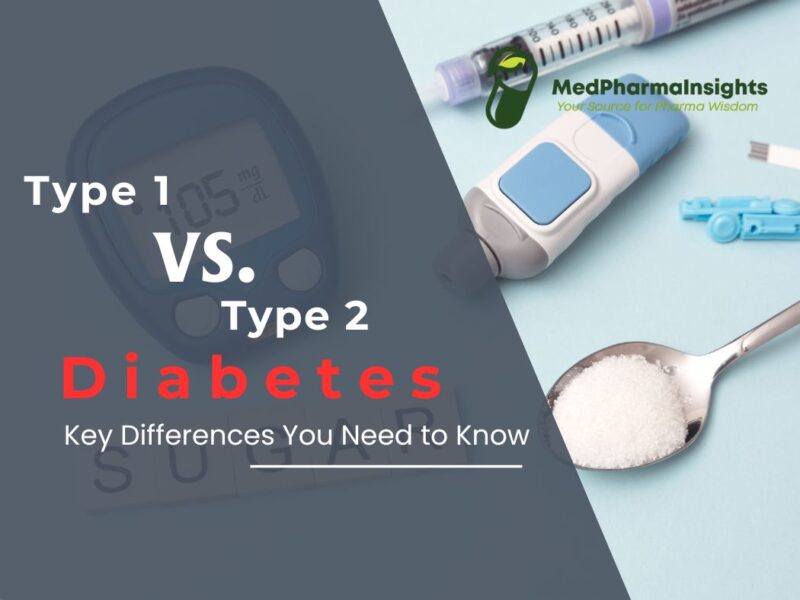Diabetes is a chronic condition that affects millions of people worldwide. It’s characterized by elevated blood sugar levels, which, if left unmanaged, can lead to various health complications. While there are different types of diabetes, Type 1 and Type 2 are the most common. Understanding the key differences between these two forms of diabetes is crucial for effective management and prevention. In this comprehensive blog post, we’ll delve into the distinctions between Type 1 and Type 2 diabetes, from their causes and symptoms to their treatment and prevention strategies.
Understanding Type 1 Diabetes
Causes
Type 1 diabetes, often referred to as juvenile diabetes, typically develops during childhood or adolescence. It is an autoimmune condition where the immune system mistakenly attacks and destroys the insulin-producing beta cells in the pancreas. As a result, the body cannot produce insulin, a hormone essential for regulating blood sugar levels.
Symptoms
Rapid Onset: Type 1 diabetes symptoms usually appear suddenly and progress quickly.
Excessive Thirst: Increased thirst (polydipsia) is a common symptom.
Frequent Urination: Excessive urination (polyuria) accompanies increased thirst.
Weight Loss: Despite increased appetite, individuals with Type 1 diabetes may lose weight.
Fatigue: Persistent fatigue and weakness are common.
Blurry Vision: Vision problems can occur due to high blood sugar levels.
Treatment
Managing Type 1 diabetes requires lifelong insulin therapy, either through multiple daily injections or an insulin pump. Blood sugar monitoring is essential, and adjustments to insulin doses are made based on food intake, physical activity, and blood glucose levels.
Understanding Type 2 Diabetes
Causes
Type 2 diabetes is often associated with lifestyle factors and genetics. It develops when the body becomes resistant to the effects of insulin, and the pancreas cannot produce enough insulin to compensate. Factors such as obesity, a sedentary lifestyle, and genetics play a significant role in its development.
Symptoms
Gradual Onset: Type 2 diabetes symptoms may develop slowly over years.
Increased Hunger: Individuals may experience increased appetite (polyphagia).
Frequent Urination: Polyuria is common but usually less severe than in Type 1.
Weight Gain: Weight gain or obesity is a common risk factor.
Fatigue: Fatigue and lethargy can be present.
Blurred Vision: Vision issues may occur, similar to Type 1.
Treatment
Type 2 diabetes management often begins with lifestyle changes, including a balanced diet, regular exercise, and weight management. Oral medications and, in some cases, insulin therapy may be prescribed to control blood sugar levels.
Key Differences at a Glance
1. Causes:
Type 1: Autoimmune destruction of beta cells.
Type 2: Insulin resistance and inadequate insulin production.
2. Onset:
Type 1: Sudden and often in childhood or adolescence.
Type 2: Gradual, typically in adulthood.
3. Treatment:
Type 1: Requires lifelong insulin therapy.
Type 2: Managed through lifestyle changes, medications, and sometimes insulin.
4. Risk Factors:
Type 1: Genetic predisposition, environmental triggers.
Type 2: Obesity, sedentary lifestyle, genetics.
5. Prevalence:
Type 1: Less common, about 5-10% of all diabetes cases.
Type 2: Much more common, accounting for the majority of diabetes cases.
Prevention and Conclusion
While Type 1 diabetes cannot be prevented, Type 2 diabetes is often preventable or manageable through a healthy lifestyle. Regular exercise, a balanced diet, maintaining a healthy weight, and managing stress are all crucial in preventing Type 2 diabetes.
In conclusion, understanding the differences between Type 1 and Type 2 diabetes is vital for effective management and prevention. If you or someone you know is at risk or has diabetes, it’s essential to work closely with healthcare professionals to develop a personalized care plan. Diabetes management has come a long way, and with the right knowledge and support, individuals with diabetes can lead healthy and fulfilling lives.













